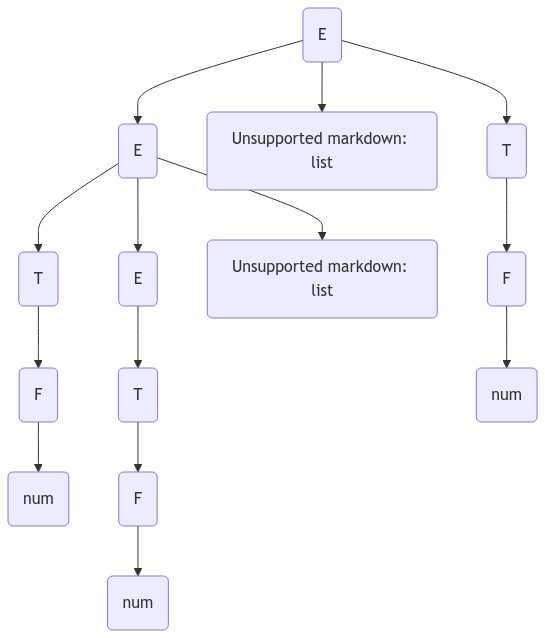not ideal, but adding a sub-subgraph around your terms from the FN clause, the order will be preserved
graph TD
linkStyle default interpolate basis
subgraph
subgraph FN
A
C
E
G
I
end
A[gunung]-->B[NOUN]
C[Krakatau]--> D[NOUN]
E[Yang]-->F[PRON]
G[Pernah]-->H[ADV]
I[meletus] --> J[VERB]
K[mulai]-->L[VERB]
M[terbatuk-batuk] --> N[VERB]
end
subgraph
B --> O[FN]
D --> O
F --> O
J --> O
L --> P[FV]
N --> P
end
subgraph
O --> Q[Subject]
P --> R[Predicate]
end
subgraph
Q-->S[clause]
R-->S
end








I have defined a graph as follows ->
Editor Link I need to preserve the order of the nodes. I defined
PernahbeforeYangbut it comes in the end. Please help, on how to maintain the order of the nodes. Thanks. It would really help me achieve everything I ever wanted :p.